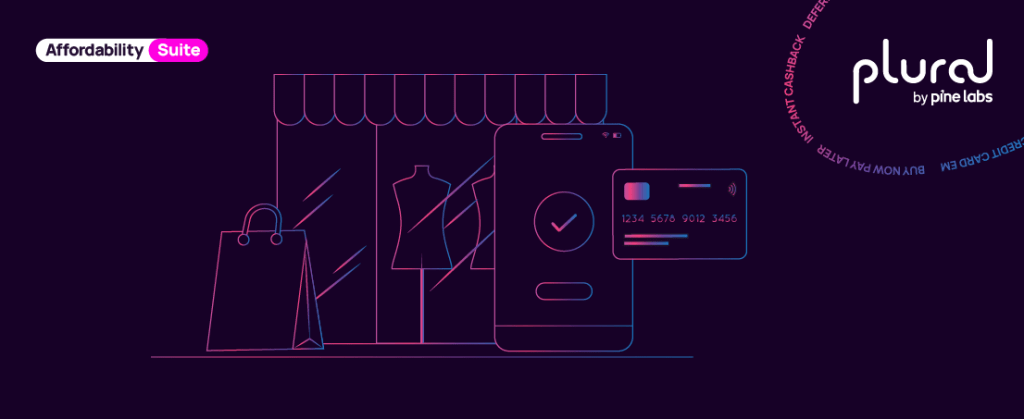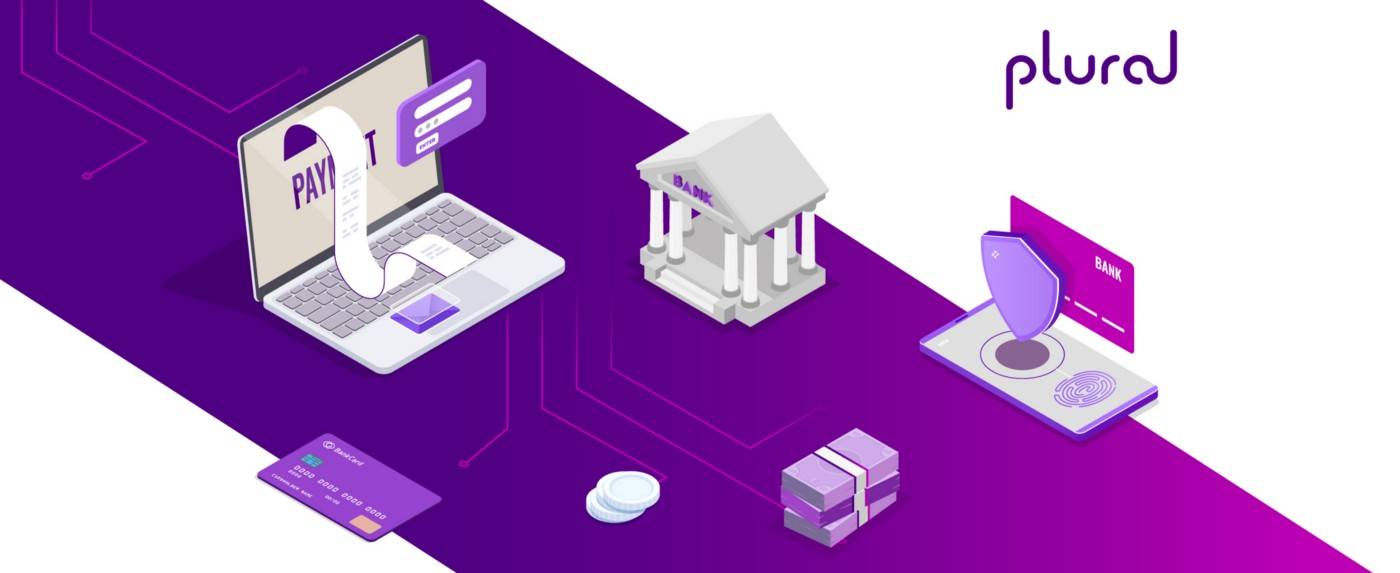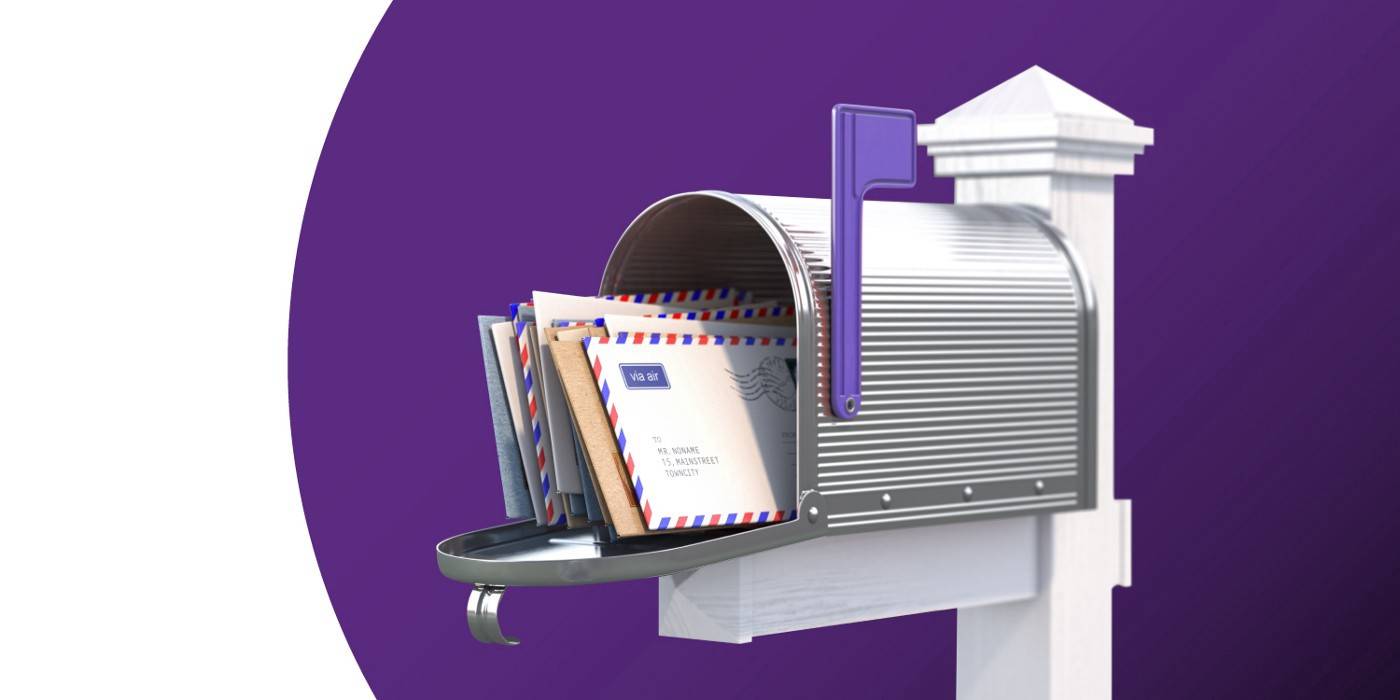Thinking of buying a new phone or home appliance? These purchases are considered high consideration because they involve a hefty expense requiring thorough decision-making.
Add to this is the choice between paying through EMI or paying in full. While both these options have their benefits, you may find that depending on the situation, one payment method is more advantageous.
This blog provides a complete EMI vs. full payment comparison to help you make the right payment decision without negatively impacting your future financial preparedness.
Let’s dive right in.
The important differences
EMI, short for Equated Monthly Instalment, has become a popular payment method because it lets users break up the payment into equal parts and pay over a year or two. An interest rate is applicable unless specifically mentioned that a purchase is available at a 0% finance rate.
With that said, EMIs come with their own set of financial liabilities:
- The customer is responsible for paying a certain monthly amount towards a purchase – a default could impose more penalties, or the customer may even have to return the purchase.
- With the interest rate applicable for EMI-based payments, the customer may end up paying more for a purchase than its MRP in interest.
This doesn’t mean that EMIs are all bad; if you can find a zero-interest payment option, they may actually help customers buy premium goods without breaking the bank.
Sometimes, people prefer full payment (or down payment) because it means they can be free of all future financial obligations towards the purchase. Here are some considerations when making payments in full:
- While one can eliminate the constant stress of pending payments, your savings will take a significant hit – depending on the expense of the item you purchase. For example, buying a refrigerator on a down payment makes more sense than paying in full to purchase a car.
- There are some benefits that come from paying in full; stores can offer gifts, excellent deals, freebies, membership benefits, reward points, and even a possibility for negotiation.
- Often, paying the complete amount in cash can also give you access to discounts and more benefits.
How EMIs and full payments impact a purchase
The table below captures the essence of both payment methods to help you fully understand the key differences between EMIs and full payments.
| Aspect | EMI | Full Payment |
| Payment method | The total amount is broken up into equal instalments to be paid over a specific period; interest may or may not apply. EMI without interest is preferable to EMI with interest. | The entire amount for the goods is paid upfront. You may choose to make the payment through cards or cash. Payments done in cash attract better discounts and a possibility for negotiation. |
| Financial impact | EMIs cushion the financial impact of a big purchase. For example, paying for a car using EMIs makes the premium models more affordable. | Full payments significantly impact families as the amount is completely drawn on the savings accumulated. You may want to consider EMI options for heavier purchases rather than full payment. |
| Savings impact | Depending on the amount of equated monthly instalments, EMIs do not significantly impact savings. However, having too many EMIs at once may not be better than paying in full. | Full payment puts a dent in your savings, as the entire amount for the goods is withdrawn at once. However, since it is a one-time purchase, you can build up your savings again in a few months. |
| Flexibility | EMIs are not very flexible. The monthly instalments you pay are fixed, regardless of whether you can afford them. There is a high risk of default if the EMI value is high. | Full payment provides you with the flexibility to negotiate the final price. You may even get good deals that allow a fair amount of leeway. You can also conclude the payment by dividing it conveniently between cards and cash. |
| Interest rates | EMIs are associated with interest rates that the seller charges for providing this convenience. However, this often leads to paying a higher price than the MRP in the long run. You should look for zero-interest EMIs for longer terms. | There is no interest required to be paid when the payment is made in full. The one-time payment is all you pay for a successful purchase. |
| Credit score | EMIs are part of your credit line, and paying all the instalments promptly can positively impact your credit score. | Full payments do not have any direct impact on the credit score. |
EMI vs. full payment comparison: What to choose?
In the end, the most suitable method of payment depends on several factors:
- The total amount
- Savings accumulated
- Tenure of EMI and applicability of interest
- Choice of deals and discounts
If you have enough savings and would rather be free from financial obligations in the future, it is better to opt for down payments. On the other hand, if you have other plans for using your savings, consider EMI options to fulfil your requirement of high-consideration goods.
As a business, it is important to support your customers’ decisions, regardless of the payment methods they choose, to provide them with excellent customer experience. To that end, you can make the most of the Affordability Suite by Plural by Pine Labs – a complete solution for the payment choices of your customers.
The Affordability Suite consolidates a wide range of payment options (like EMIs, BNPL, etc.) and integrates customized deals, offers, discounts, and incentives to enhance user experience significantly. With our Affordability Suite, you can offer no cost EMIs, low cost EMIs, bank and/or brand EMIs, on single or multi-cart. The combinations are endless!
To get started with our Affordability Suite, reach out to us.

Amrita Konaiagari is a Marketing Manager at Plural by Pine Labs and Editor of the Plural blog. She has over 10 years of marketing experience across Media & Tech industries and holds a Master’s degree in Communication and Journalism. She has a passion for home décor and is most definitely a dog person.



